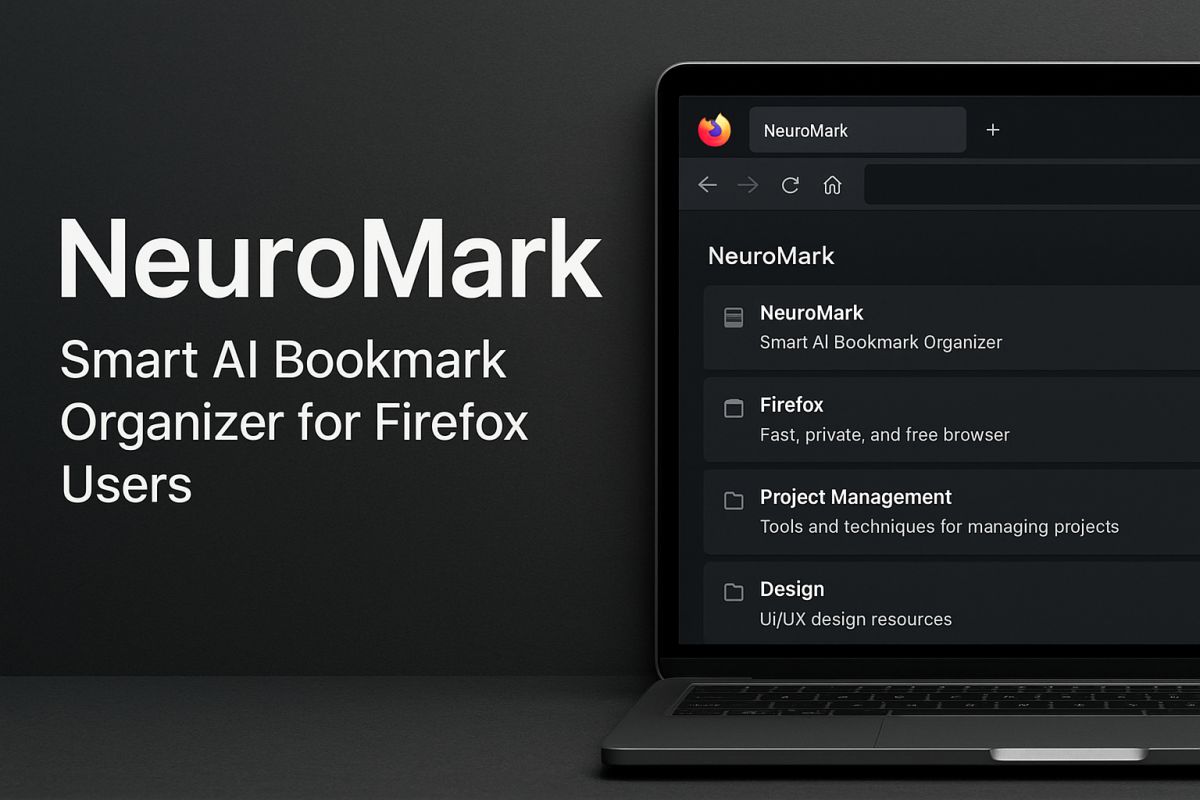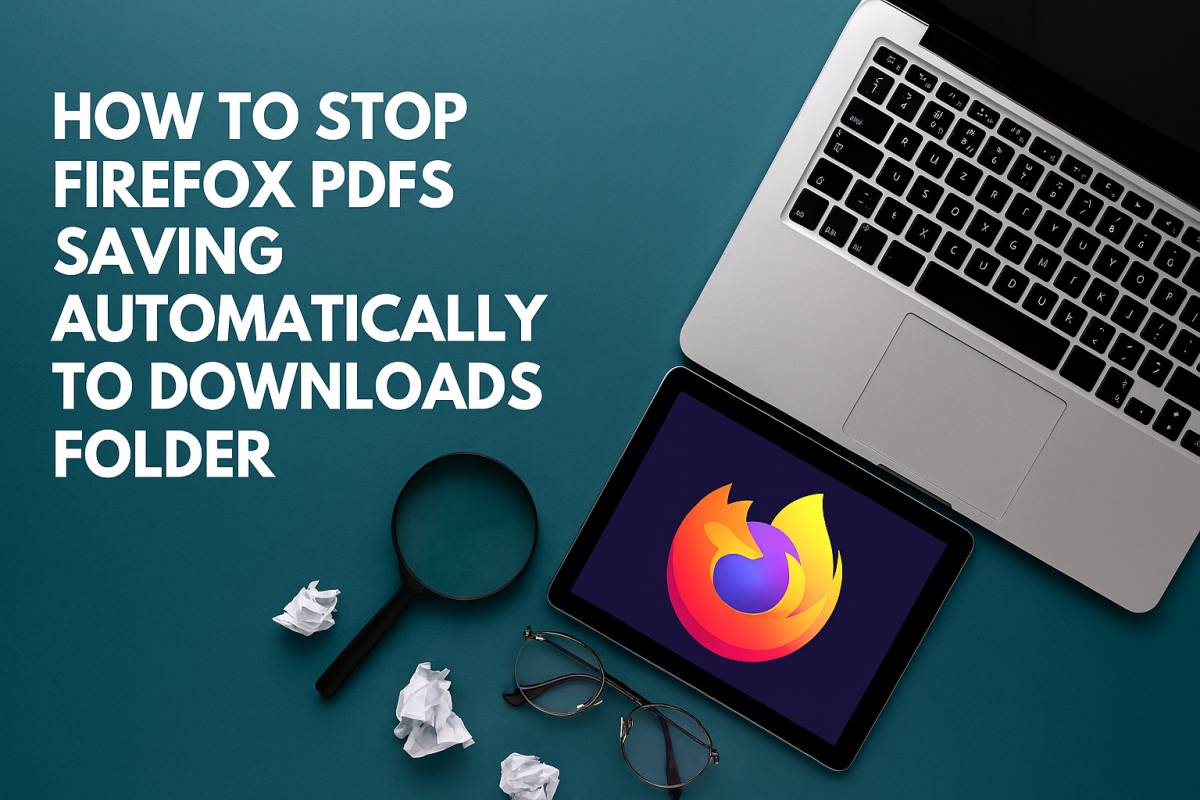Outlook Storage Full? Try These Fast Cleanup Ideas

When your Outlook mailbox is full, the quickest fix is to delete unnecessary emails, empty your Deleted Items folder, archive old messages, and compress your PST/OST files. These simple steps can free up valuable space, improve performance, and prevent email send/receive issues — all within minutes.
Why Does Outlook Mailbox Get Full So Quickly?
Microsoft Outlook, whether you’re using Outlook 365, Outlook 2019, or older versions, stores data in a PST (Personal Storage Table) or OST (Offline Storage Table) file. These files have size limits — for example, Outlook 2013 and later versions support up to 50 GB by default. Once that limit is reached, performance slows down and you may even stop receiving new emails.
Here’s what often fills up your mailbox:
- Large email attachments
- Unused folders and junk mail
- Calendar and RSS feed data
- Sent emails with large files
- Unarchived or uncompressed mailbox data
Thankfully, there are several fast and effective fixes.
1. Empty the Deleted Items and Junk Folders
This is the easiest and fastest way to clear some space.
How to do it:
- Right-click on Deleted Items and select Empty Folder
- Do the same for the Junk Email folder
These folders often accumulate thousands of emails you thought were gone — clearing them can recover significant space.
2. Use Outlook’s Mailbox Cleanup Tool
Outlook comes with a built-in Mailbox Cleanup tool that helps you find and remove large or old emails.
Steps:
- Go to File > Tools > Mailbox Cleanup
- Choose:
- View Mailbox Size
- Find items older than X days
- Find items larger than X KB
- Delete or move those emails to an archive
This tool is especially useful for pinpointing space-hogging emails and attachments.
3. Sort and Delete Large Attachments
Attachments are often the biggest space consumers in Outlook.
Fast tips:
- Use the Search bar: Type
hasattachments:yes - Sort by Size to find the largest files
- Save attachments to your local drive
- Delete the email or just the attachment
You can also enable AutoArchive to move older emails and attachments to a separate .pst file automatically.
4. Archive Old Emails to a PST File
Archiving helps reduce your main mailbox size without deleting important messages.
How to Archive:
- Click File > Info > Tools > Clean Up Old Items
- Choose a folder (like Inbox or Sent Items)
- Set a date to archive messages older than
- Select a location for the .pst file
This shifts your older emails to a separate file you can still access.
5. Use AutoArchive for Ongoing Maintenance
Set up AutoArchive once and let Outlook manage your space automatically.
Steps:
- Go to File > Options > Advanced > AutoArchive Settings
- Choose how often to run, what to archive, and how old the emails should be
- Choose to delete or move items to an archive
AutoArchive ensures your mailbox never gets full again.
6. Compact Your PST or OST File
Even after deleting emails, space isn’t always freed immediately. You need to compact the file.
How to Compact:
- Go to File > Account Settings > Account Settings
- Under the Data Files tab, select your account
- Click Settings > Advanced > Outlook Data File Settings
- Select Compact Now
This will shrink the actual size of the PST/OST file, making room for new data.
7. Remove Unused Calendars, Notes, and RSS Feeds
Non-email content like calendars, notes, and RSS feeds can take up unexpected space.
Clean them out:
- Delete old calendar entries
- Remove outdated tasks or notes
- Unsubscribe from RSS feeds under File > Account Settings > RSS Feeds
These small tweaks can make a noticeable difference.
8. Split Large PST Files
If you have a single, very large PST file, splitting it into smaller files can improve speed and space management.
Use this method:
- Create a new PST file: File > Account Settings > Data Files > Add
- Manually move folders or large emails into the new PST
This keeps your main file lean and easier to manage.
9. Delete Duplicate Emails
Duplicate emails can quietly take up space without you noticing. You can use third-party tools or manually identify them using custom search folders.
Tools to try:
- Stellar Outlook Duplicate Remover
- Kutools for Outlook
- CleanUp tool (Outlook’s built-in option under Home tab)
10. Use OneDrive or SharePoint for Large Attachments
If you’re using Outlook with Microsoft 365, large files can be uploaded to OneDrive or SharePoint and shared via link instead of attachment.
Benefits:
- Saves Outlook mailbox space
- Keeps email faster and leaner
- Easier collaboration
Bonus: Enable Conversation Clean Up
This feature deletes redundant messages in an email thread – a simple way to clear clutter.
Enable it:
- Go to Home > Clean Up > Clean Up Folder
- Confirm cleanup settings
It removes repeated text across replies while preserving the latest message.
Final Thoughts
A full Outlook mailbox can be frustrating – slowing down performance, stopping new emails, and even corrupting data. But with these fast and simple cleanup ideas, you can regain control of your mailbox in minutes. From deleting attachments and emptying junk folders to archiving old emails and compressing PST files, Outlook gives you all the tools you need – you just have to use them regularly.









